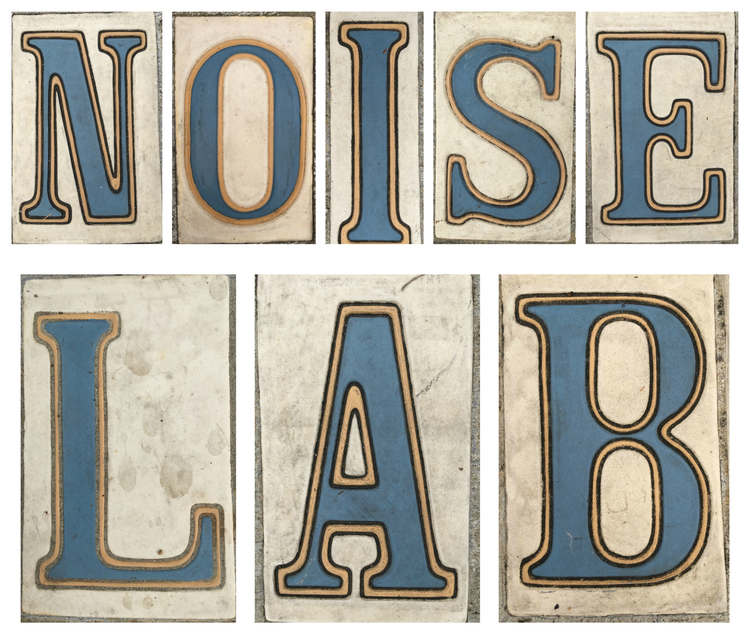From earlier this year….
"Favorite Things" from the Sound of Music was on our winter playlist because it's in minor mode. Most of the repertoire we know and sing is in major mode. Modes can be defined as a collection of hierarchical notes—more on that in another post. Unfortunately, when introducing minor mode an emotion is usually attached. Minor is often described as sad and major as happy. Well, we love busting misconceptions and this is a perfect example! Who hears "My Favorite Things" as a sad song? I'm sure there are people (you may be one of them) and that's not to knock how they hear the tune but it's one of my favorite minor tunes because it makes me so happy. "My Favorite Things" is also in triple meter (rhythm can be grouped in three), which makes me feel like dancing—another enjoyable association. There are many musical reasons that contribute to the emotion association of a tune including the instrumentation (what instruments are used), volume (loud or soft), tempo (fast or slow) etc. The context that you're listening is also important (music at a wedding or a baseball game will illicit different emotions than a memorial service).
Activity:
Listen and sing the tunes on our Spotify playlist or Youtube with your child and ask them what emotion describes the song. You can use an emotions chart or make your own together. Follow your child's lead! If they associate fast as happy, go with it and have a dance party. If they associate soft with sad, mope around and exaggerate the emotion. If you have a baby or young toddler it's never too early to make all sorts of goofy expressions that emulate a variety of emotions. :-)
